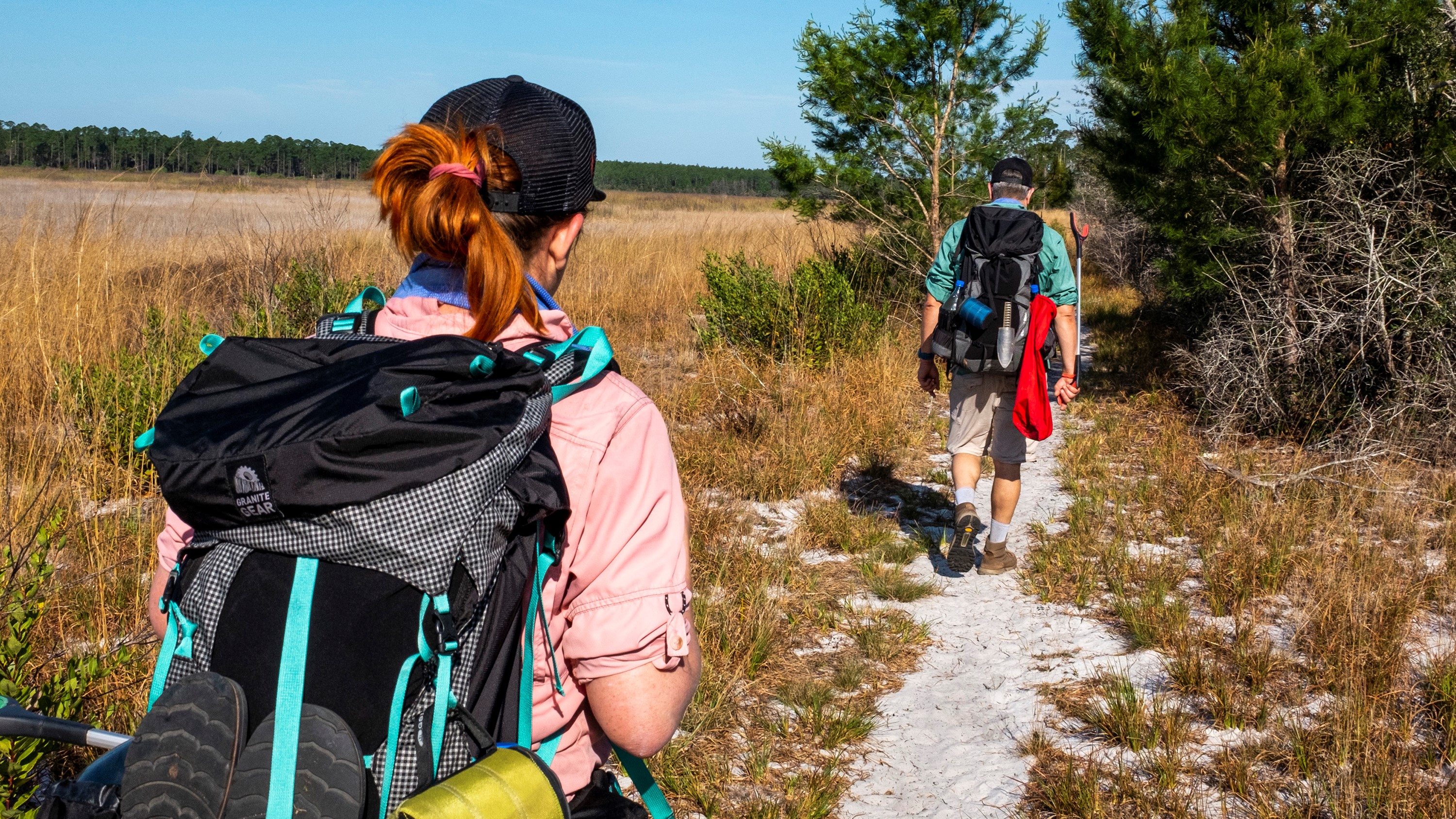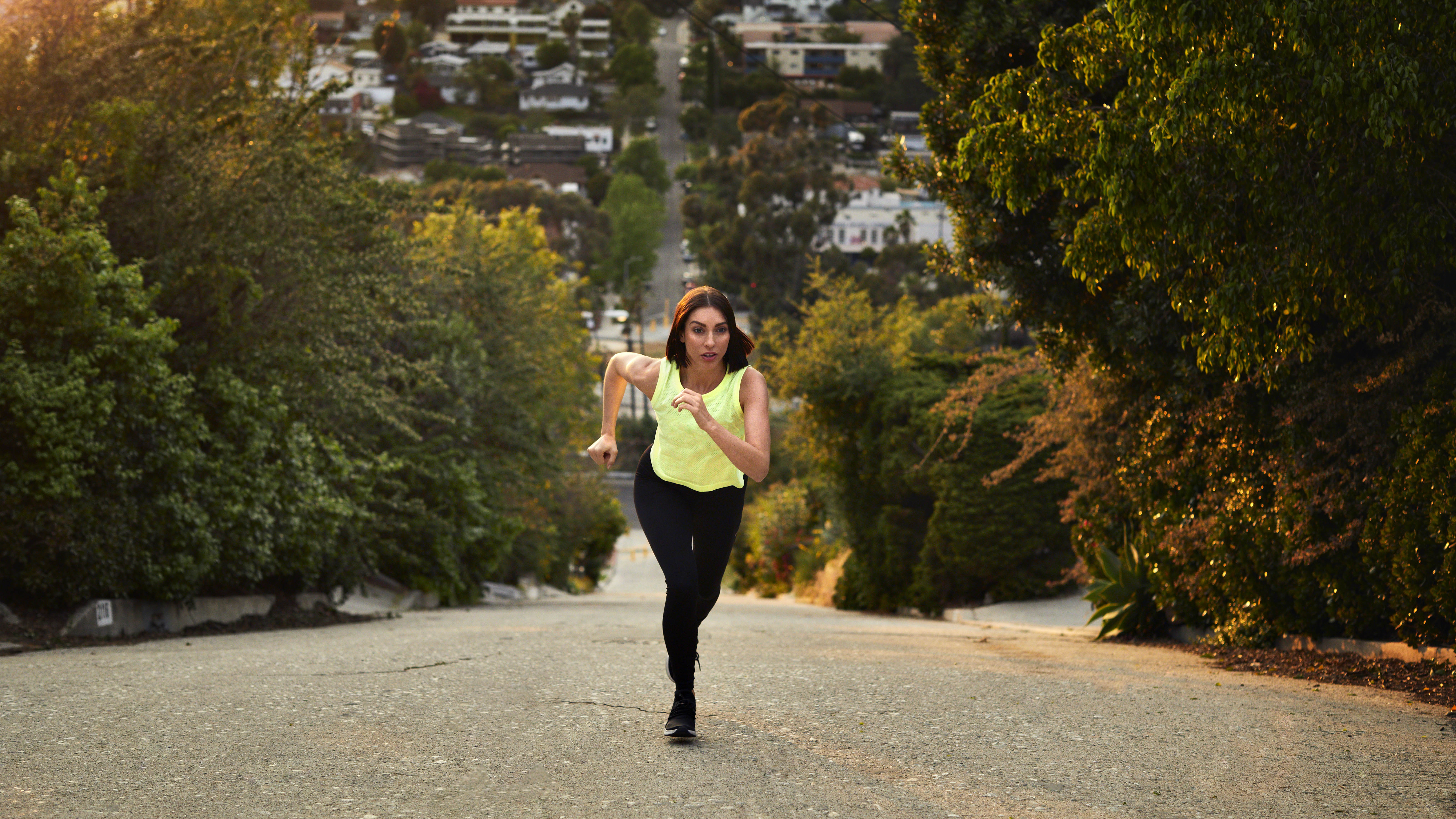5 awesome workouts for hikers: get in shape for those hills
We present great workouts for hikers to take the sting out of those long ascents and have you powering on for days.

Here are 5 awesome workouts for hikers that will have you taking to the inclines like an overly caffeinated mountain goat. Well, maybe not quite that overzealous but at least fit enough to properly enjoy the glorious pursuit that is hiking in the backcountry, rather than dreading the thought of it.
We’ve all been there at some point of other. Gasping for breath, arms resting on a lichen-speckled rock, sweat dripping from our furrowed brow, the actual top of the mountain still somehow unseen beyond several irritating false summits. There’s no doubt about it, hiking can be seriously hard work.
The descents can be even worse. You thought this would be the easy bit, right? Going downhill should surely be a breeze compared to the monstrous ascent from earlier? But your legs are sorely fatigued and the rocky downward steps seem never ending. Your hiking boots seem to weigh a ton and the trailhead is still miles away. You vow to get yourself into better shape before your next big trip.
Well, the good news is that there are loads of exercises you can do to improve your hiking fitness. Here are 5 awesome workouts for hikers that you can use when away from the hills and dreaming about that next trip.
Workout 1: take a hike

I don’t mean to be patronizing here, but one of the best things you can do to prepare for your bigger hiking adventures is to get out onto your local trails and… hike. Ideally, you want to take a weighted hiking backpack with you and wear the footwear you intend to put to use in the backcountry.
Aside from the health benefits, which I’ll come to in due course, this is a chance for you to break in your hiking shoes, if you haven’t already. Big adventures ruined by blisters and ill-fitting footwear are all too common and they occur mainly because people save their new shoes until they get out into the backcountry. By breaking in your shoes, they’ll be much more amenable to your feet on the really serious trails.
Likewise, this is also a chance for you to get in tune with your kit and have systems for where everything goes. Get to know your backpack before a big trip and you can spend less time faffing and more time enjoying the scenery.
All the latest inspiration, tips and guides to help you plan your next Advnture!

What about the fitness benefits? Well, hiking is a great workout for the entire body that forces your heart and lungs to work hard in order to power those large leg muscles onward. A strenuous trek will see you losing excess weight, which means less to carry on the mountain trails. You'll also build your muscles, giving you more power for those long days.
A hike is particularly beneficial for your lower body, giving your quads, hamstrings, glutes a real boost and stabilizing your lower back, leading to increased balance. The more hiking you do, the more conditioned your body becomes for the thousands of miles of trails still to come.
Another benefit of taking a hike is that, unless you’re taking on technical terrain without protection, you are very unlikely to get injured. If your training hikes are on uneven ground and you’re carrying a heavy load, pay close attention to the terrain underfoot in order to protect you ankles.
It’s worth stating here that other activities that improve cardiovascular fitness are also time well spent, such as running, swimming or cycling.
Workout 2: take to the hills (or the stairs)

When Lockdown hit in 2020, many of us who would regularly head for the hills in our spare time suddenly couldn’t access the high places. In my case, I was in southeast London, hundreds of miles away from anything you could call a mountain. However, I was determined not to lose my hard won, cardiovascular mountain fitness.
Fortunately, I lived on a hill, not a big or particularly steep hill mind you, but a hill nonetheless. A small hill ascended and descended 20 times feels like a mountain, trust me. With work commitments somewhat lessened by the pandemic, I had the time to run my local hill over and over again three of four times a week. Using my smartwatch to keep track of elevation gain, I’d compare my meters of ascent to mountains I had previously climbed.
So, taking on some significant elevation gain is a great way to improve your cardio, strengthen those climbing muscles and train for your hiking adventures. Start small, work your way up, perhaps starting with 20 minutes of repeats, and don’t be too concerned about speed. Admittedly running allows you to get more out of the time but there’s nothing wrong with walking the reps either. Increase the time or number of reps as you get more and more comfortable.

This workout doesn’t have to be done outside either. A Stairmaster at your local gym works just as well. Start at a moderate pace for five minutes before upping the tempo a little and aim to increase your time spent on the machine in the same way as above.
If the land around you is pancake flat and you can’t commit to the gym, use your stairs. In fact, going back to Lockdown, in England there was a bit of a craze of people “hiking” the equivalent of the Everest Basecamp trek on their stairs at home over a number of days, carrying all their trekking gear. It’s amazing the creative things people do when their options are limited. Note: going up and down an escalator doesn’t count.
Live in a bungalow? Bench Step-Ups are the answer, an exercise that works all your lower body’s muscles while also getting your cardio ticking over. With a bench, box or step of about knee height, step up with your right foot, then bring your left foot up to meet it, step down with your right and then down with your left. Repeat this a dozen times before letting your left foot lead. Even more beneficial is doing this while wearing your weighted daypack.
Workout 3: squats next

As mentioned, hiking is a serious workout for your lower body, so an exercise regime that gets your quads, hamstrings and glutes into tip-top shape is hugely beneficial. Squats are a great and easy way to do this.
One approach is jumping squats, where you stand with your feet around shoulder-width apart and squat, dropping your hips back, bending at the knees and bringing your thighs parallel to the ground. Then, jump! Try to land softly on your toes and repeat the squat position before jumping again.
Less dynamic but just as strenuous are goblet squats. Hold a kettleball or dumbbell in your hands and, again, stand with your feet shoulder-width apart. Slowly descend into the squat position and then power up back into a standing position. Start with however many reps you are comfortable with and slowly build up, or increase the weight of the kettleball.
Workout 4: strengthen your core

Whereas the other work outs here either focus on cardiovascular fitness or strengthening your leg muscles, hanging knee raises are all about strengthening your core. This will help with carrying heavy loads, your balance and your stability when negotiating tricky terrain.
You can't practise hanging knee raises without having something to dangle from with your arms. A pull-up bar at a gym or in your local park will work, or a climber’s fingerboard will improve your finger strength while you’re at it.
While hanging from the bar with your arms fully extended, engage your core and bring your knees up to your chest into a mid-air sitting position. Gradually release and lower your legs back to a straight position. Repeat as many times as you are comfortable with and increase your number of reps over time.
Workout 5: take the lunge

This final workout is with those long descents in mind, which can be extremely hard work for your quads. Downhill lunges are the ideal way to prepare for this and they are really easy to do. Lunges are also a great warm up activity if you’re going to be speed hiking or trail running.
Find yourself a gentle downhill gradient to work with. Step forward with one leg and bend your knee so that your lower and upper leg are at a 90-degree angle. It’s important here that your knee is directly above your ankle. Your back leg will also be bent so that your knee is on the ground. Keeping your weight in the heels of your front leg, stand back up and bring your back leg forward to meet your front.
That’s one rep. Repeat with your other leg and gradually build up the distance you cover with each workout.
- Best trail running shoes: tested for grip, protection, and stability
Alex is a freelance adventure writer and mountain leader with an insatiable passion for the mountains. A Cumbrian born and bred, his native English Lake District has a special place in his heart, though he is at least equally happy in North Wales, the Scottish Highlands or the European Alps. Through his hiking, mountaineering, climbing and trail running adventures, Alex aims to inspire others to get outdoors. He's the former President of the London Mountaineering Club, is training to become a winter mountain leader, looking to finally finish bagging all the Wainwright fells of the Lake District and is always keen to head to the 4,000-meter peaks of the Alps. www.alexfoxfield.com

